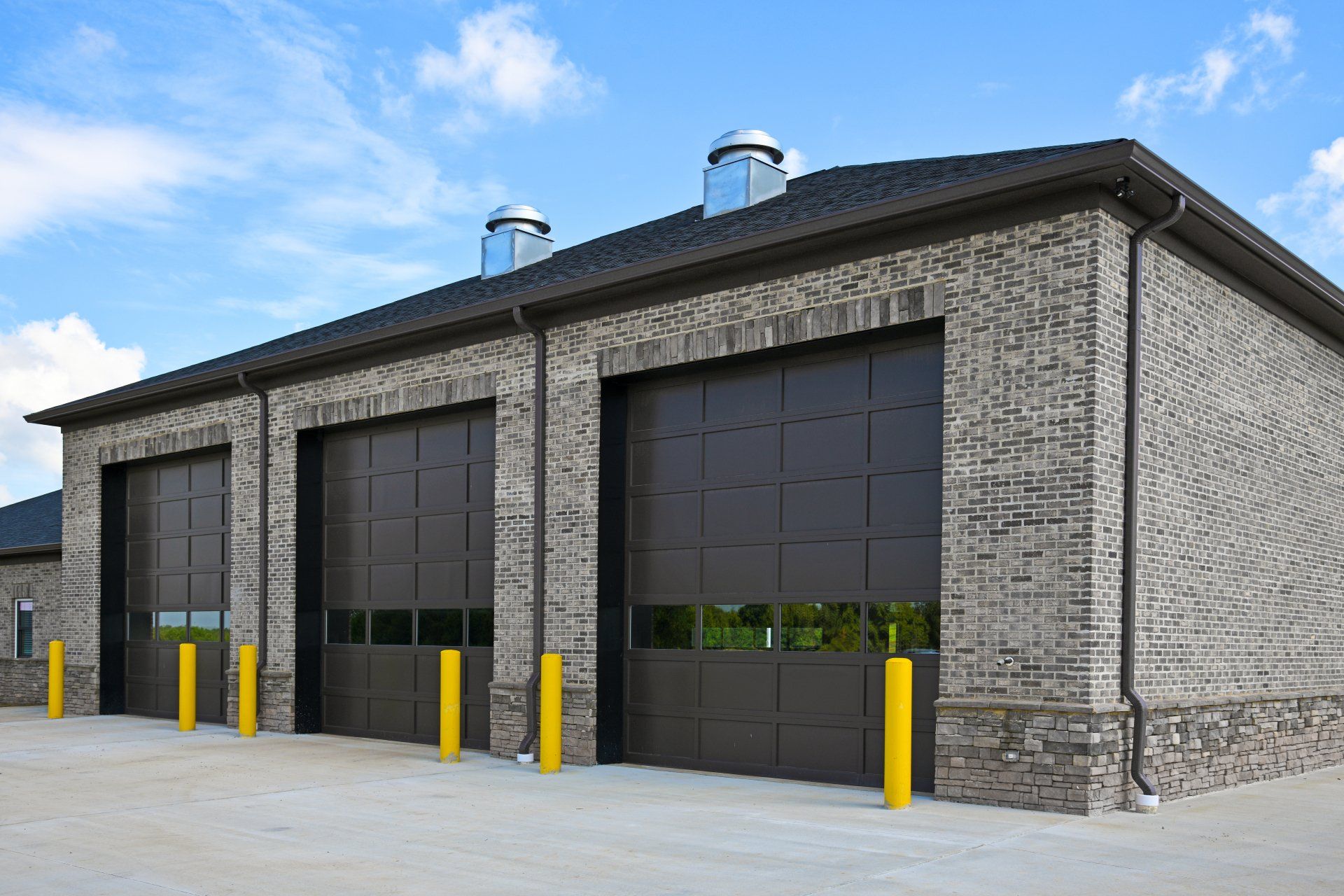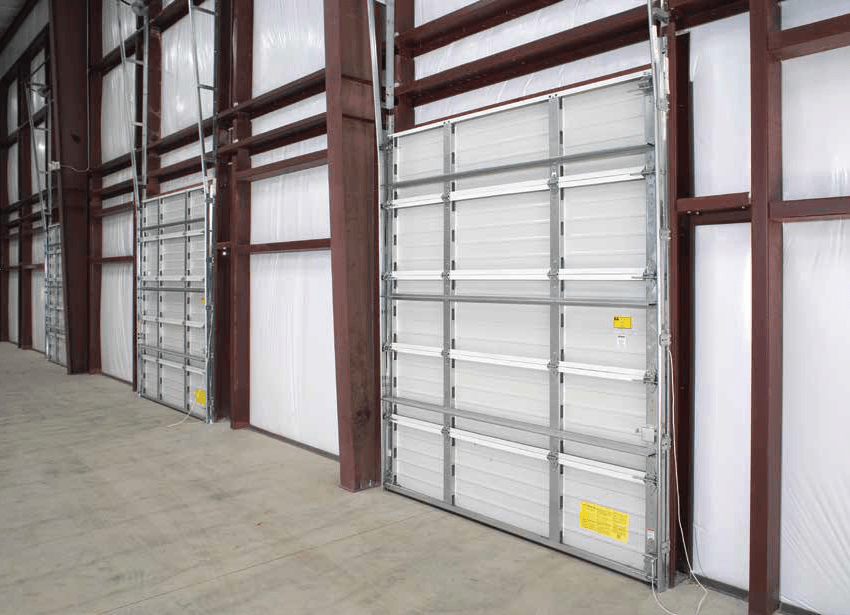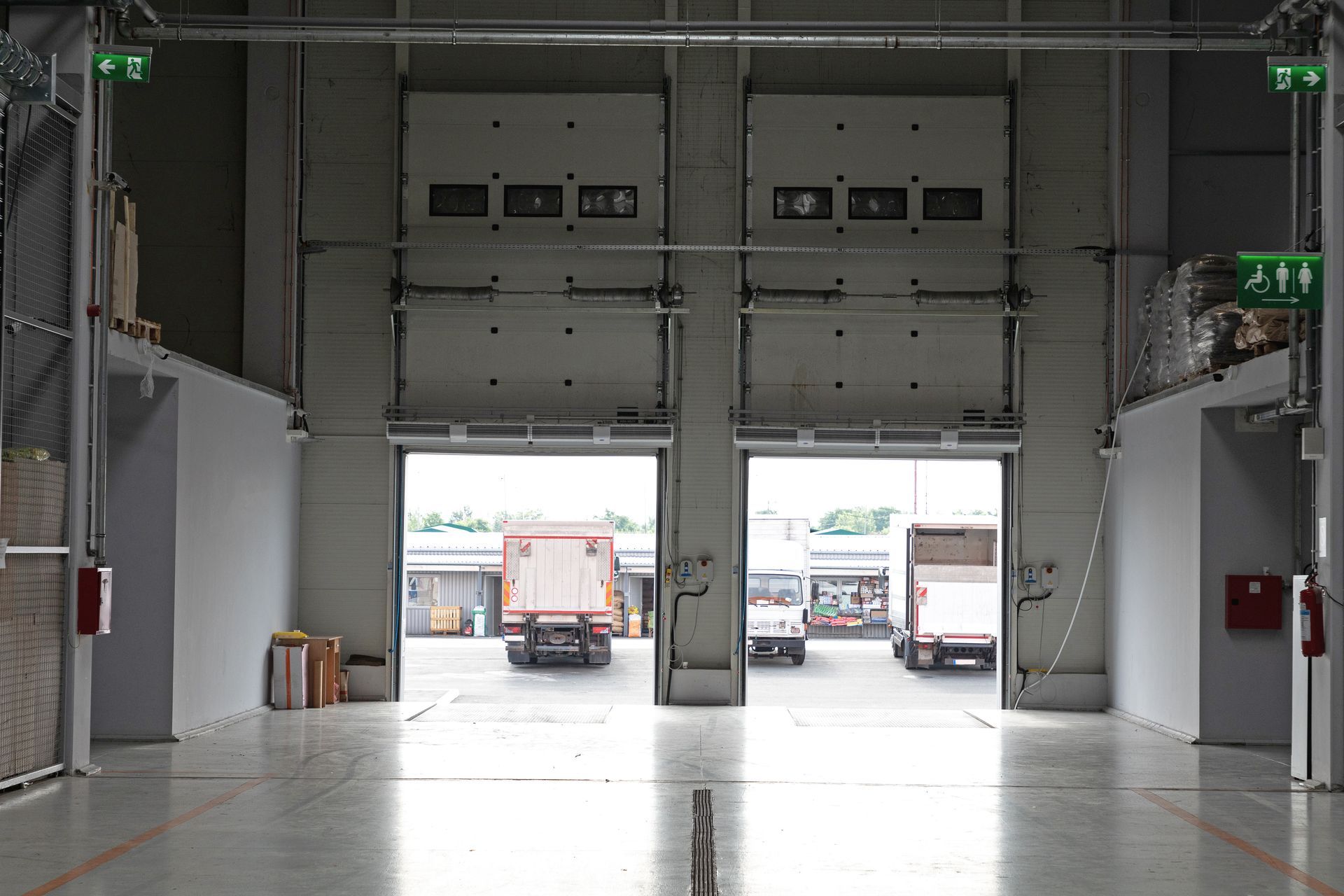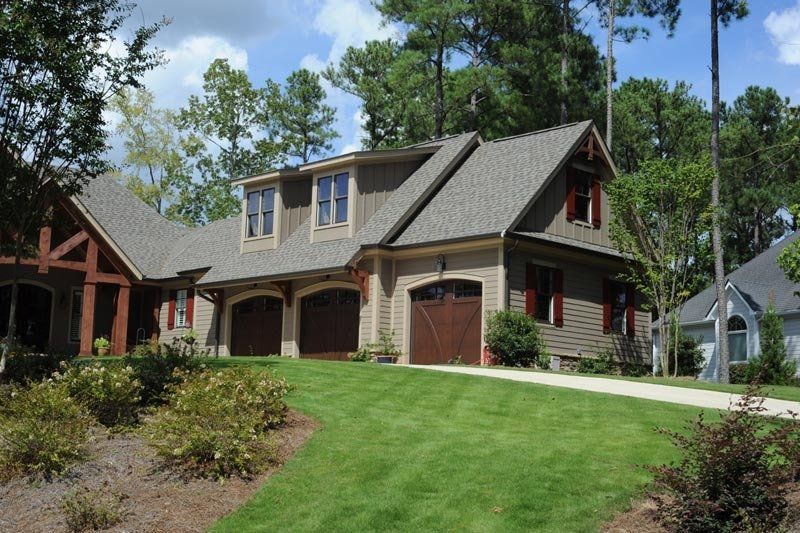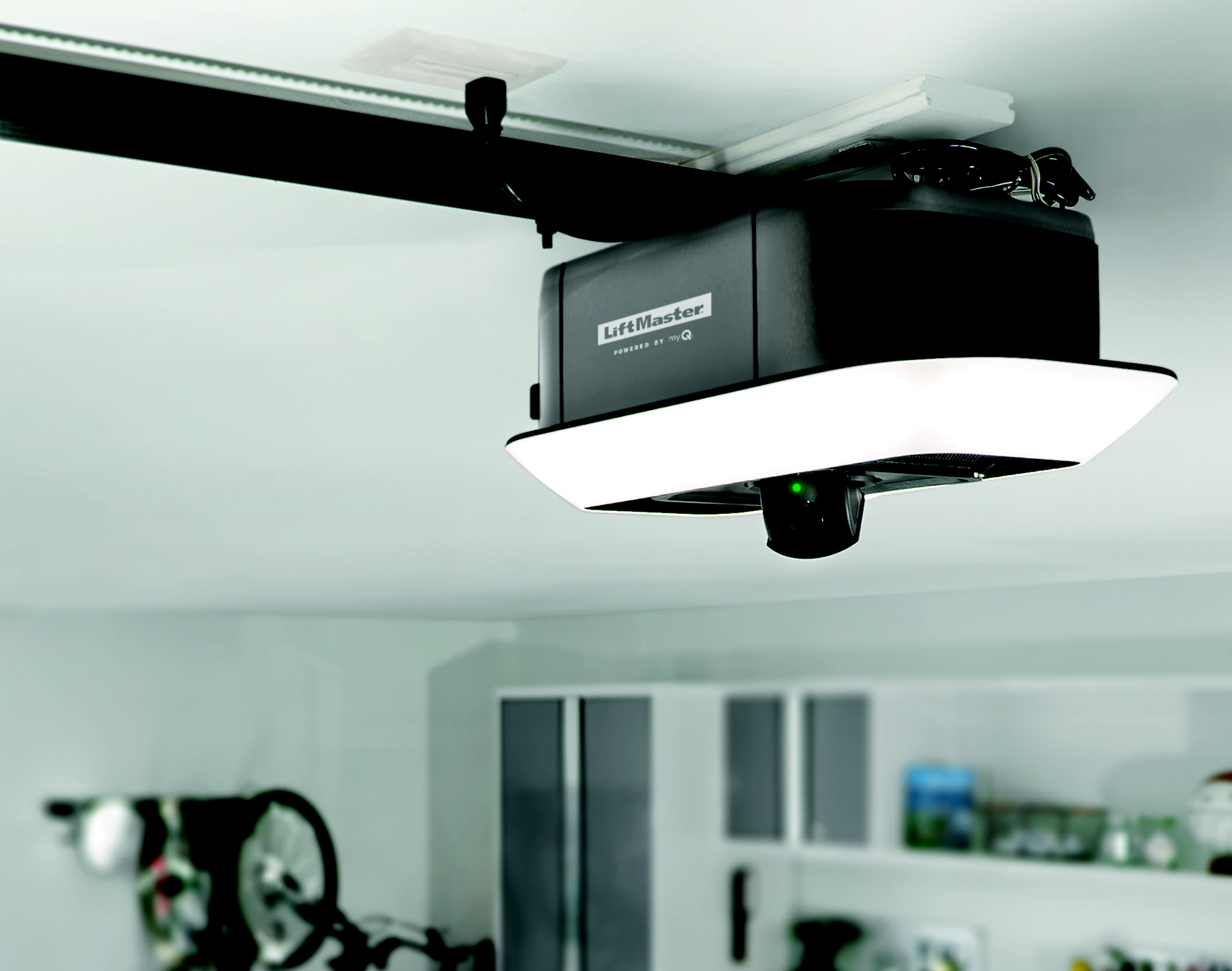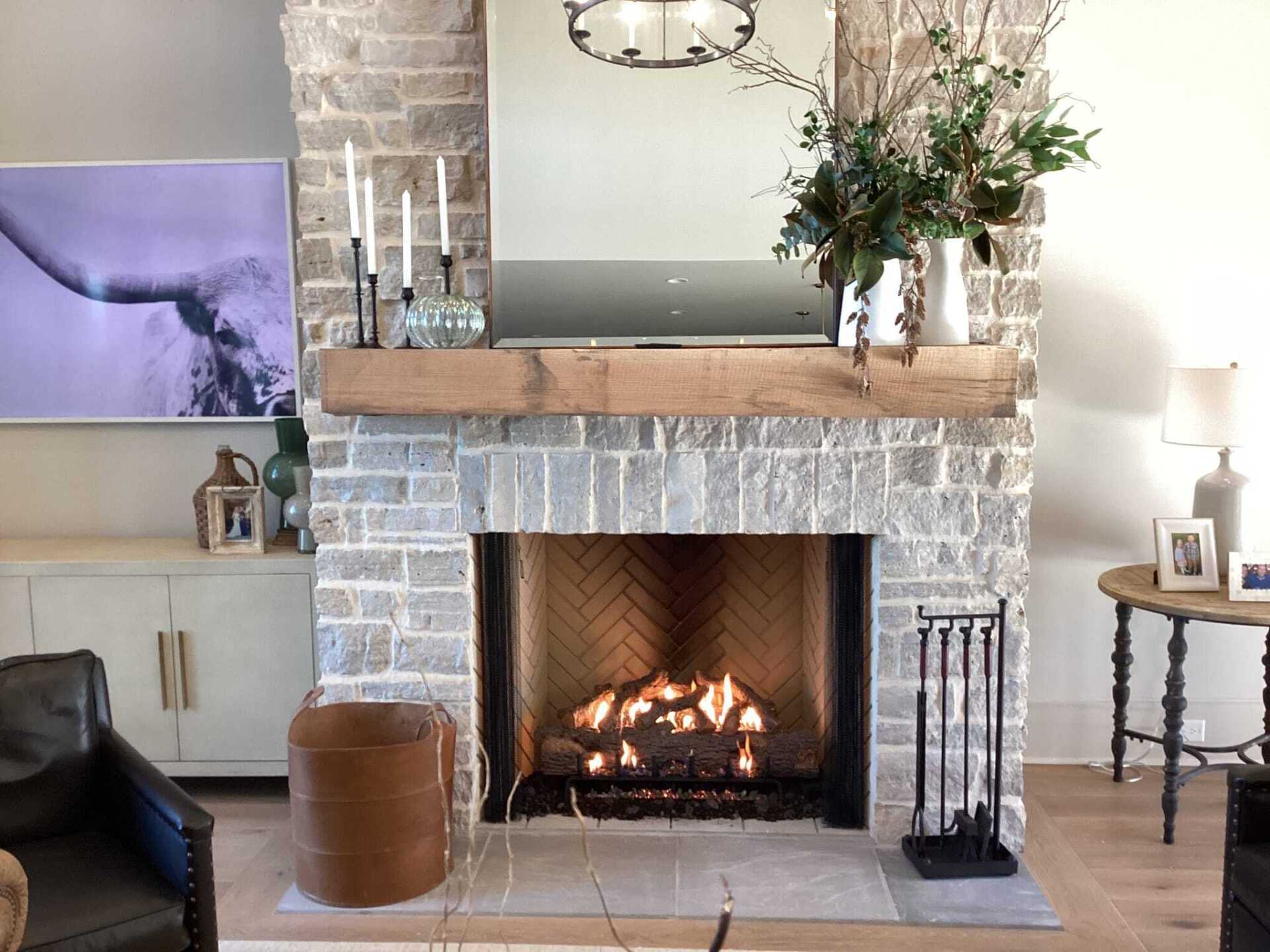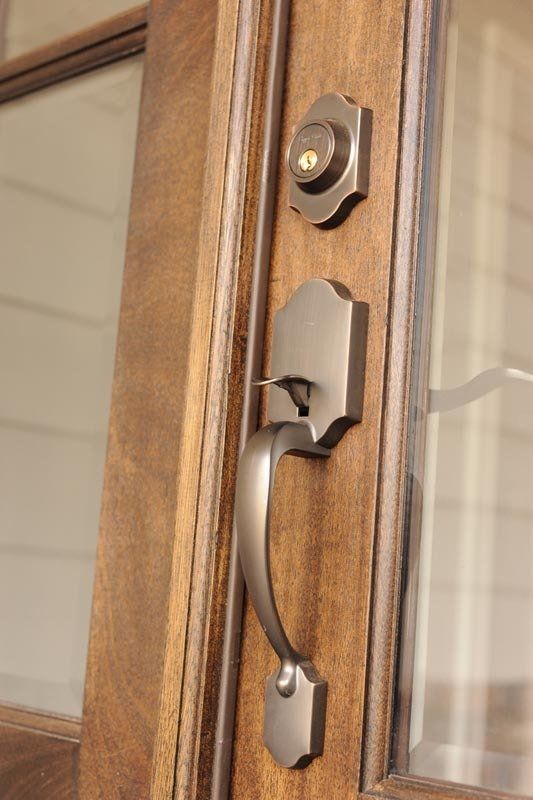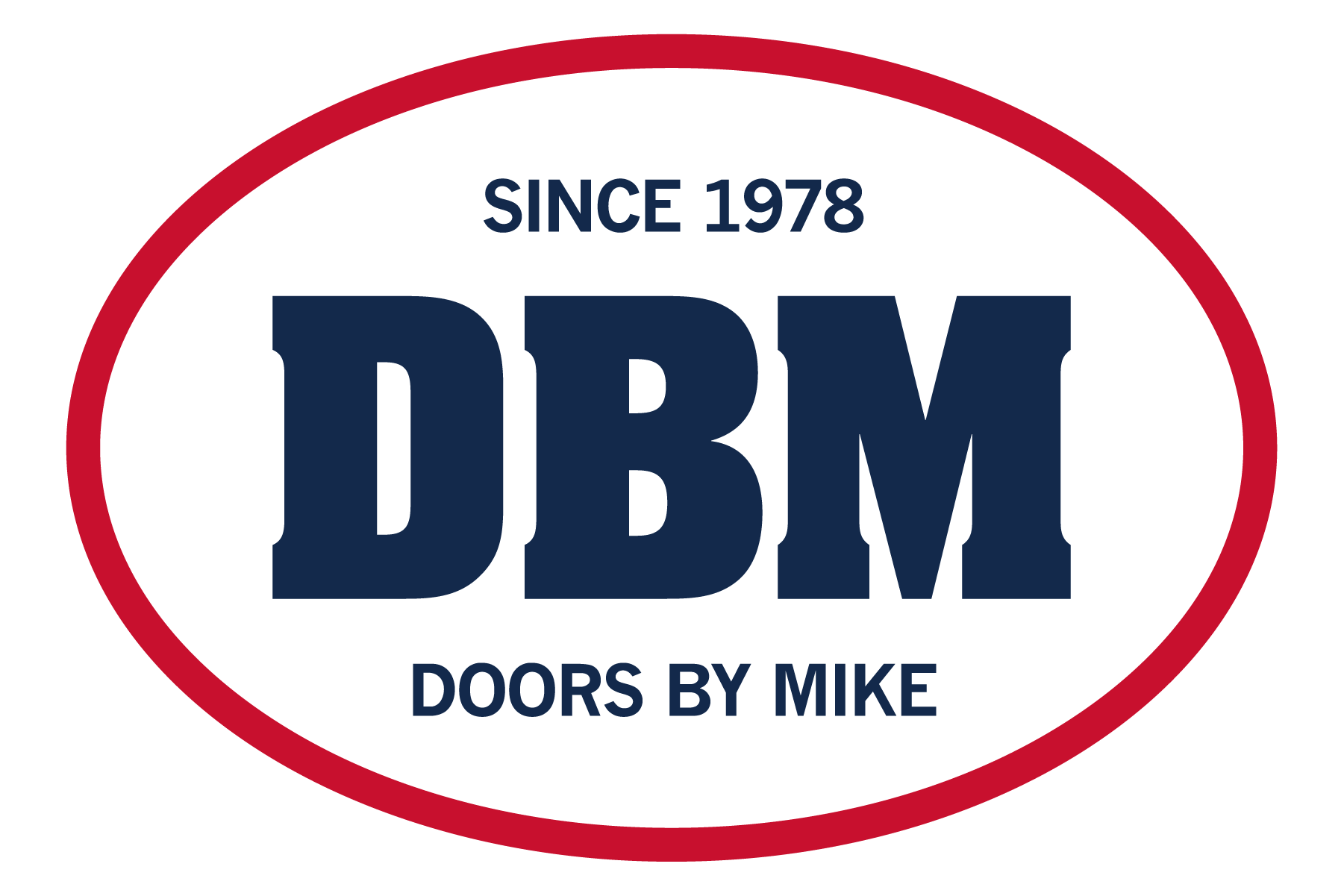5 Factors Affecting the Draw of a Manufactured Indoor Wood Burning Fireplace
When it comes to enjoying a cozy fire in your indoor wood-burning fireplace, the draw or draft plays a crucial role in ensuring efficient combustion and safety. But what exactly affects the draw of your fireplace? If you've noticed issues with smoke lingering in your room or poor heat output, it could be due to one or more factors impacting the draw.
At Doors by Mike, we specialize in fireplace solutions and are here to guide you in understanding how the draw of your manufactured indoor wood-burning fireplace works. In this post, we'll walk through the key factors that can influence the draw of your fireplace and how to optimize them for a safer, more efficient burn.
What Is Fireplace Draw and Why Does It Matter?
Before diving into the factors that affect the draw, let’s first define what it means. The draw refers to the upward movement of smoke and gases through the chimney and out of the home. A strong draft ensures that smoke is properly vented, preventing dangerous buildup inside your living space. A weak draft can lead to smoke inside the home, poor combustion, and even a dangerous fire hazard.
Let’s break down the different factors that influence the draw of your indoor wood-burning fireplace.
1. Chimney Design and Condition
The chimney is the heart of your fireplace's ventilation system, and its design and condition play a huge role in determining how well smoke and gases are drawn up and out of the home.
- Height: Taller chimneys generally have a stronger draft. This is because a taller chimney creates a larger temperature difference between the hot flue gases and the cooler outside air. The greater the difference in temperature, the stronger the draft will be.
- Diameter: The diameter of your chimney should be suited to the size of your fireplace. A chimney that is too small can restrict airflow, leading to poor combustion and excess smoke. If your chimney is too large, however, it can cause inefficiency in heating, so it's important to match the two properly.
- Material: The type of material used for your chimney, such as clay tile or metal, can affect how well it draws smoke. Metal chimneys are generally more efficient, but the construction of either type plays a role in your fireplace's overall performance.
- Condition: Over time, chimneys can accumulate creosote buildup, blockages from bird nests, or even suffer from damaged flue liners. These obstructions can severely limit the chimney's ability to create a strong draw. That's why regular cleaning and inspection are essential for safe and effective fireplace operation.
2. Fireplace Design
The way your fireplace is designed can also impact the efficiency of the draw.
- Firebox Size: The size of your firebox relative to the chimney is crucial. If the firebox is too large for the chimney, the draft may be weak, causing smoke to linger or spill out into the room. Ideally, the firebox should be well-matched to the chimney size to ensure proper airflow.
- Damper: The damper plays an important role in regulating airflow. If the damper is not fully open when the fireplace is in use, it can restrict the draw, leading to poor combustion and the potential for smoke buildup. Always make sure your damper is open when you start your fire.
- Chimney Connection: A tight, airtight connection between the fireplace and chimney is essential. If there are gaps or leaks in the connection, smoke can escape into the home, rather than being drawn up and out. Regular checks of this connection are recommended.
At Doors by Mike, we understand that every home is unique, and so is your vision for the perfect fireplace. That's why we offer a wide range of fireplace designs to suit any style, from traditional to modern, and everything in between. Whether you’re looking for a classic wood-burning fireplace or a more contemporary design with enhanced efficiency and ease of use, we have options that will meet your needs.
3. Environmental Factors
Several environmental factors can impact the draft of your fireplace, including weather and atmospheric conditions.
- Wind Direction and Speed: Strong winds can affect the pressure around your chimney and interfere with the draw. Wind blowing in the wrong direction may push smoke back into your home instead of carrying it upward through the chimney.
- Barometric Pressure: Changes in atmospheric pressure, such as during stormy weather or high-pressure systems, can also influence the draw. A sudden change in pressure can cause the smoke to be pushed back into the room, creating an undesirable experience.
- Temperature Difference: A significant temperature difference between the air inside your home and the outside air can enhance the draft. Cold outdoor temperatures can cause the flue gases to rise more effectively, leading to a stronger draw.
4. Fuel and Fire Management
The type of fuel you use and how you manage your fire can directly impact the draw and efficiency of your fireplace.
- Fuel Type and Moisture Content: The type of wood you use and its moisture content are key factors. Dry, seasoned wood burns hotter and more efficiently than green or wet wood. Wet wood can produce excess smoke and hinder the draw, while seasoned wood creates a cleaner, more powerful fire.
- Fire Size: A fire that’s too small may not generate enough heat to create a strong draft. It’s important to maintain a proper fire size to ensure sufficient heat for the chimney to create an effective draw.
- Fire Placement: How you arrange the wood in the firebox can also impact the draft. Ensure that the wood is stacked to allow for good airflow around the fire, promoting better combustion and a more effective draw.
5. Home Ventilation
The overall ventilation in your home can impact your fireplace’s draw. Proper airflow is essential to maintaining a healthy and safe fire.
- Air Supply: Adequate airflow within your home is necessary for proper combustion. If you keep windows and doors tightly shut, it can reduce the available oxygen, leading to poor draw and the buildup of smoke inside the house. If you have an airtight home, consider installing a dedicated air supply for the fireplace.
- House Pressure: Negative pressure within the home, often caused by energy-efficient sealing or ventilation systems, can interfere with the chimney’s draw. In such cases, installing a direct air supply to the fireplace may be necessary to maintain proper airflow.
Conclusion
By understanding these various factors, you can make informed decisions about how to optimize the draw of your manufactured indoor wood-burning fireplace. Regular maintenance, proper chimney design, careful fire management, and ensuring a balanced airflow within your home can help maximize the efficiency and safety of your fireplace, creating the warm, inviting atmosphere you desire without the concerns of smoke buildup or poor combustion.
At Doors by Mike, we’re passionate about providing the best in fireplace solutions. If you have any questions or need assistance with optimizing your fireplace, don’t hesitate to reach out to us for expert advice and service! Contact us today for a consultation and let us help you choose the best fireplace option for your home.


